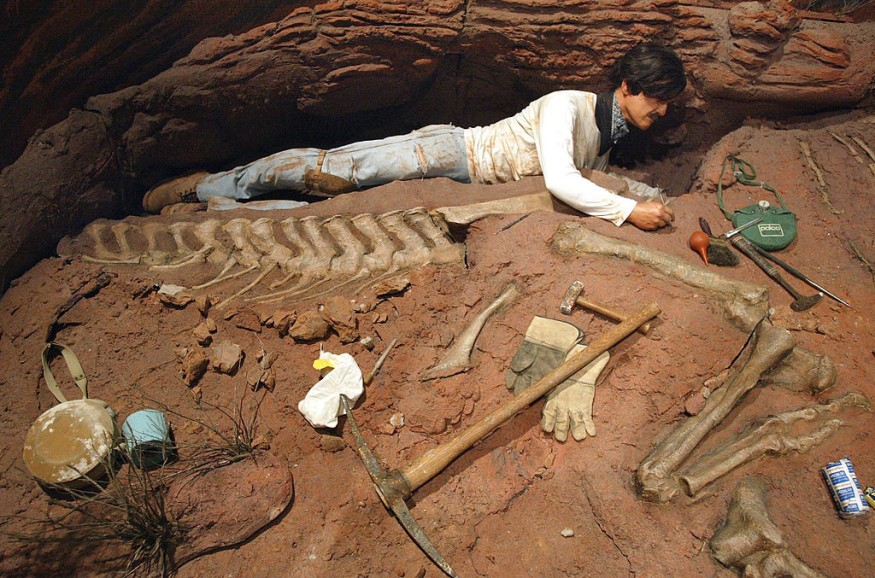Millions of years earlier, dinosaurs flourished and have been dead for hundreds of millions of years. One major problem for science and technology is the regeneration of their minds. There is no possibility that something would remain within the skull of a 233-million-year-old dinosaur, but research does so on the off chance that life finds a path.
However, Dr. Rodrigo Muller, a paleontologist at the Federal University of Santa Maria, made a fascinating finding that shows the evolution of the most remarkable land creatures that ever existed.
Researchers have revealed the first complete brain of a dinosaur. It had a location for a meat-eater weighing less than a pea, which had strolled through the soil 233 million years ago. Called "Buriolestes schultzi," it is the most gigantic of them all, a predecessor of the long-necked sauropods.
The dinosaur's impeccably preserved skeleton contained the braincase, making for an exact reconstruction of its grey matter. Staggering computer photographs uncover districts that are part of its coordination: hearing, scent, intellect, and replication.

Dinosaur Skull Undergoes CT Scan
In order to get the inner cranial cavity shape, Dr. Muller inserted the perfectly intact skull into the Computed Tomography ( CT) Scan, according to Syfy Wire. They might view unreachable areas of the dinosaur skull to cover all holes using a CT Scan. They were able to get a 3D representation of the endocast afterward.
Researchers have also mapped the sensory processing core, the cerebellum that regulates coordination, stance, equilibrium, and optical lobe. Their study also reveals the smell-responsible tract, the olfactory bulb, and the intellect and consciousness-conveying cerebrum.
Muller states that they require well-preserved braincases, which comprise delicate tissues. The preserved braincases of the world's most experienced dinosaurs are obscure. It also helped to expose the inside truth about his way of life.

Buriolestes schultzi Dinosaur Species
Buriolestes are bizarre carnivore creatures estimated measure from head to tail around four feet. They had long spine, razor-sharp jaws, and three long claws on its four appendages. Through its two wings, it will run.
As Study Findings mentioned in an article, the fossils of the dinosaur were dug out in 2015 during the excavation of the rainforests of southern Brazil led by Dr. Muller himself.
During the Triassic period, this sort of dinosaur lived while South America was still part of Pangea's super-continent. It is also recognized as one of the younger members of the plant-eating sauropods, even though it was a carnivore or meat-eater, which can weigh up to 100 tons and measure 110 feet long from head to tail.
ALSO READ : 75-Million-Year-Old Armored Dinosaur Species Found In Montana Named After Ghostbusters Character, Zuul
Check out more news and information on Archaeology on Science Times.










